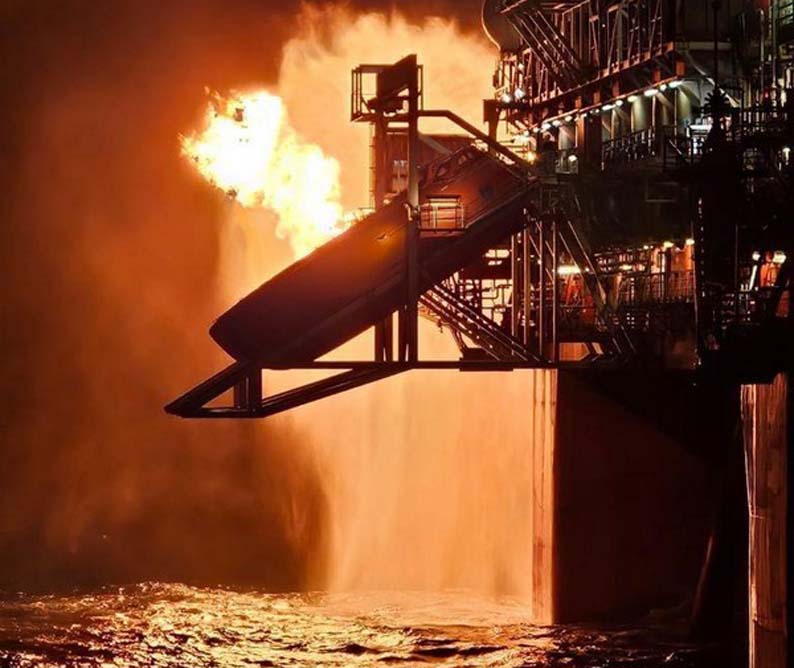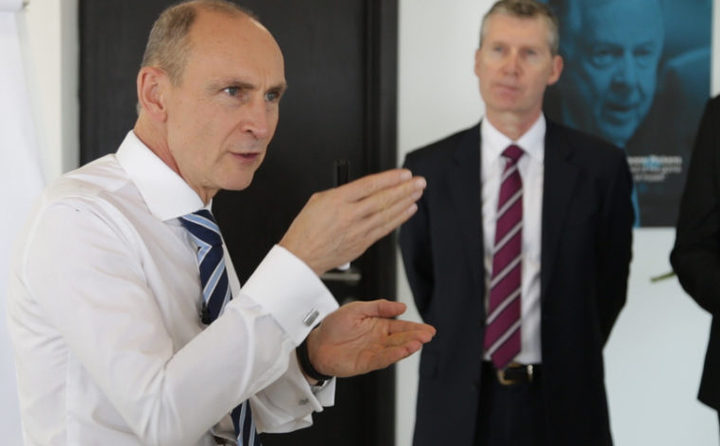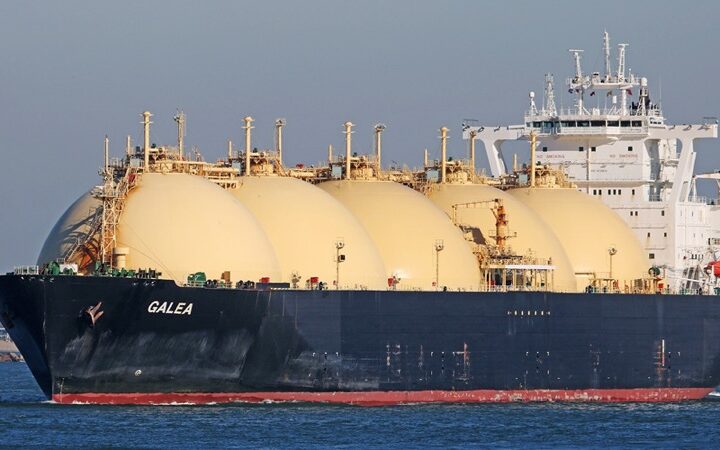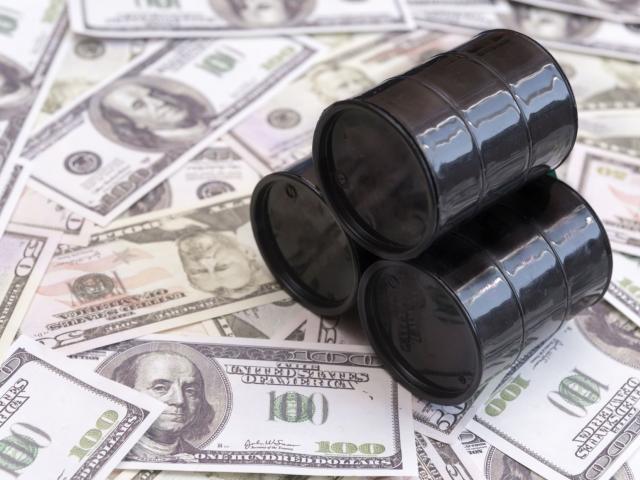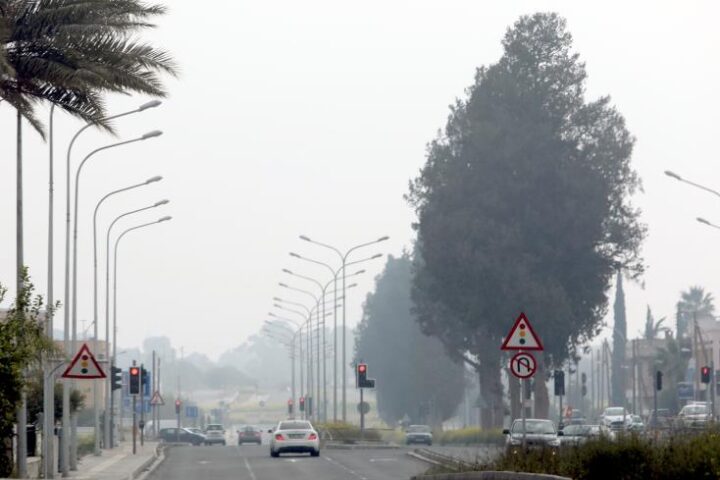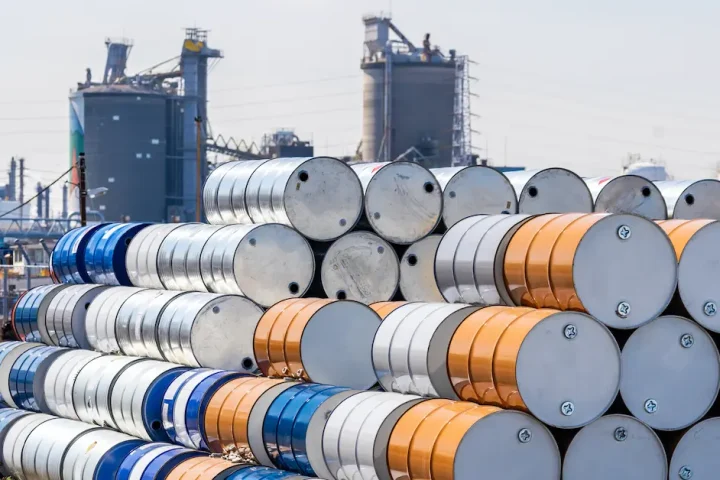By Charles Ellinas
In Germany, the new Economics Minister Katherina Reiche has urged construction of new gas-fired power plants.
She said, “we need flexible gas power plants that deliver electricity when the wind isn’t blowing and the sun isn’t shining. And we need them quickly”.
Similarly, in an about-turn, the Dutch government is reviving offshore gas production in the North Sea.
Nord Stream 2, the Swiss-based company behind the natgas pipeline project, has reached an agreement with its creditors to restructure its debt, giving it a new lease of life.
Interestingly, Wall Street billionaire Paul Singer’s Elliott Management is considering buying into the Bulgarian extension of TurkStream.
According to the Gas Exporting Countries Forum (GECF), global gas demand is set to grow by 2% in 2025 and 2026.
Egypt has signed a long-term deal to increase imports of LNG. It secured a 10-year FSRU deal with Hoegh Evi. It signals that its dependency on LNG imports is long-term.
Egypt’s need to import LNG to avoid blackouts is having a huge impact on its economy. It could cost $8 bln this financial year, wiping out its recent loan from the IMF. Its petroleum import bill is expected to see a 53% annual increase.
Egypt has turned to oil for power generation due to high LNG prices.
Eni said that the return of Egyptian LNG exports to Europe could take years. Prolonged energy security issues in Egypt and global trade tensions will keep the market tight.
Europe unsure on Russia gas
On May 6, the European Commission published a roadmap to ensure the EU fully ends its dependency on Russian energy by 2027. This includes a ban on Russian gas spot deals by end-2025.
EC President Antonio Costa said this will make room for more LNG from the US.
But European buyers have “take-or-pay” contracts with Russia’s Gazprom, which require those that refuse deliveries to pay for much of the contracted gas. Lawyers have said that these could expose gas buyers to penalties or arbitration.
Some countries and executives in EU industries have signaled support for a return to Russian gas, should a peace deal be reached with Ukraine.
Following the EU’s plan to end Russian gas supply, TTF prices rebounded from €31.5/MWh closer to €36/MWh.
It remains to be seen what the EU’s mysterious Russian gas plan is and what it means for US LNG exports. But if there is even a “modest” return of Russian pipeline gas to Europe, S&P warns that $120 bln of investment in the US industry would be at risk.
Chemicals groups are exploring an exit from Europe. They are putting European assets up for sale as they review their operations in the region, unable to cope with high energy prices.
While the US and China run ahead with innovation and new technologies, Europe is stuck with industries from the last century. As China massively increases its manufacturing capacity those industries are in increasing trouble.
US-EU tariffs-for-gas deal
The US and EU have broken the impasse to enable tariff talks. They have begun serious trade talks.
The EU negotiator, Maros Sefkovic, said that Europe aims to increase purchases of US gas and agricultural products by €50 bln in order to resolve the trade dispute. Trump is expecting $350 bln.
The US Energy Secretary said that US LNG supplies to Europe will continue to rise. But now that Trump has turned on Europe using energy as a bargaining chip in trade negotiations, businesses are wary that reliance on the US may become another vulnerability.
However, EU methane emission rules may hamper a gas deal with Trump.
In a letter, gas companies including BP, Equinor and Uniper, have said that “unresolved uncertainties” are “already disrupting contract negotiations and risking the EU’s energy security”.
But sources say the EU is exploring tweaking its methane rules for US gas to help trade talks. This could become another of the many compromises the EU is increasingly making in the face of new priorities and expediences.
China becoming more formidable
President Xi Jinping sparked an electricity revolution in China through aggressive pursuit of energy self-sufficiency.
Even though China is slowing down economically, it is at the same time becoming more formidable technologically and strategically.
China’s emissions are falling due to clean energy growth, not slow power demand. Could this be the biggest climate story of the year?
Blackouts pressure grid upgrades
Power blackouts in Spain and Portugal have sounded the alarm. It is a warning. Europe’s grid cannot handle the demands of a decarbonised future without serious upgrades.
Quite worryingly, the whole European electricity network felt the tremor from the Spain/Portugal blackouts, with a large drop in frequency measured across the continent at the time of the incident.
Unfortunately, in Spain, in addition to power, there is also information blackout. If governments want to decarbonise while maintaining public trust, they will need to invest in the right infrastructure and be more open about it.
The EU power grid needs a trillion-dollar upgrade to avert Spain-style blackouts. Wind and solar growth are outpacing network upgrades. Grid infrastructure is ageing, needing more links and more energy storage to maintain grid stability, but also a new vision.
With blackouts no longer unthinkable, stability of the energy infrastructure is the real challenge.
In the UK, Tony Blair called for a major rethink on climate policy. He said the strategy to cut oil and gas is “doomed to fail,” adding that present policy solutions are inadequate and, worse, are distorting the debate into a quest for a climate platform that is unrealistic and therefore unworkable”.
In Europe, the hard choice is between growth, security and climate. While the green agenda remains critical, it must be balanced with the other fundamental imperatives of our age – strategy should be more pragmatic.
Bloomberg has warned that “systemic challenges will emerge from balancing increasingly renewable-dominated grids.” It is time to discuss how electrifying everything comes with plenty of risks of its own.
The OPG small reactor project was approved in Canada early in May. It will be the first SMR in a G-7 nation, and backers called it a pivotal moment for a power source that so far has been facing several deployment hurdles.
Nuclear is making a comeback in Europe. Belgium has become the last country to reverse policy, and Denmark is about to follow. This is becoming the new and unstoppable trend in Europe.
‘Big Oil’ is cooling on green hydrogen due to high costs and slow rollout.
Renewables champion Orsted has cancelled what was going to be one of the largest UK windfarms – Hornsea 4 with approx. 2.4 GW capacity. It said the project didn’t make economic sense, despite a 15-year government contract to sell electricity. Offshore wind was built for a globalised world of cheap capital and stable trade. That may no longer be the case.
In a surprise, ice is rebounding at both poles. Climate is more complex than we know.
According to the IEA, world energy methane emissions reached a near record high in 2024. The energy sector is responsible for around a third of the methane emitted by human activities. About 40% of methane emissions come from natural sources, mainly wetlands.
According to the IEA, data centres are growing and are using more power – close to 1000 TWh by 2030.
Only in Europe did power generation decline over the last decade. while prices have become by far the highest. The policy priority in the US, China and India has been energy security.
Dr Charles Ellinas, Councilor, Atlantic Council

